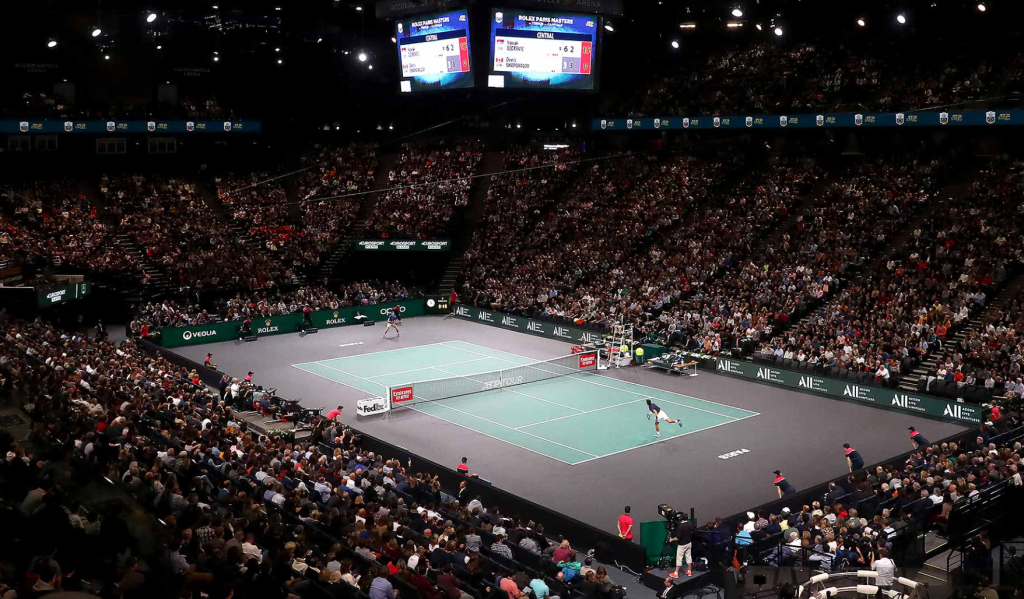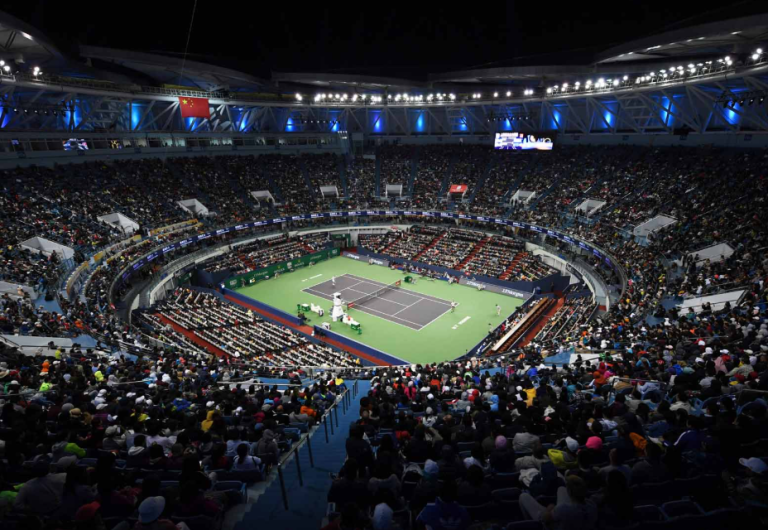The Association of Tennis Professionals (ATP) — the governing body of the men’s tennis tour — has confirmed the launch of a new Masters 1000 tournament to be held in Saudi Arabia from 2028. This marks the first expansion of the elite Masters category in over 35 years.
The tournament will span one week, feature a 56‐player draw on outdoor hard courts, and—importantly—will be non‐mandatory for players. The event is backed by Saudi Arabia’s sovereign wealth fund, the Public Investment Fund (PIF), through its sports investment arm.
What Does the Expansion Mean for the ATP Tour?
By adding a 10th Masters 1000 event, the ATP effectively broadens its global footprint. Saudi Arabia will join a select group of host cities such as Indian Wells, Miami, Madrid, Rome, and Paris. The location choice signals that tennis is continuing its shift into non-traditional markets—regions that are investing heavily to host high-profile sport.

Player Scheduling & Tour Structure Implications
Adding one more high-tier event raises plenty of discussion among players and organisers. On the one hand, the non‐mandatory status helps reduce pressure on players’ calendars; on the other, it introduces another elite tournament that players will weigh in their season planning. The ATP has acknowledged the challenge of balancing expansion with player welfare and calendar congestion.
Legacy & Grassroots Ambitions
The tournament isn’t just about hosting another big event; the Saudi side has emphasised a broader legacy mission. As part of the deal, there will be a nationwide grassroots programme for tennis development, aiming to build the sport’s base in the country, focusing on accessibility and participation. This direction suggests the Masters 1000 addition is also tied to long-term strategic growth—not just a commercial play.

Why It’s a Big Deal
The Masters 1000 series represents the second-highest tier in men’s tennis after the Grand Slams. For the ATP to add another event in this category is significant—it hasn’t happened since the series began decades ago. The move underscores how commercial interests, regional development strategies, and sport governance are intersecting in tennis’s next phase.
For players, fans, and national federations alike, the new tournament opens fresh possibilities—new markets, new audiences, new talent pathways. But it also raises questions: how will this affect the balance of the tour, the value of existing tournaments, and the overall athlete workload?
WE ALSO SAID THIS: Don’t Miss… Highlights From Abu Dhabi’s Thrilling NBA Weekend



